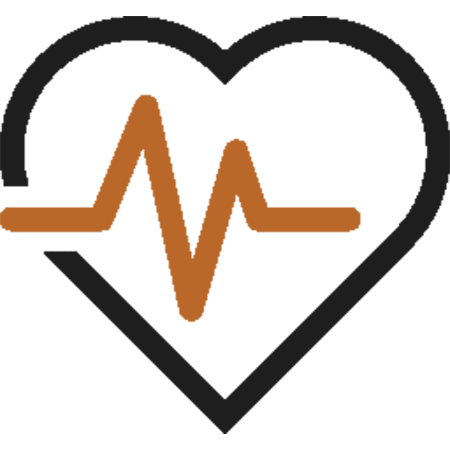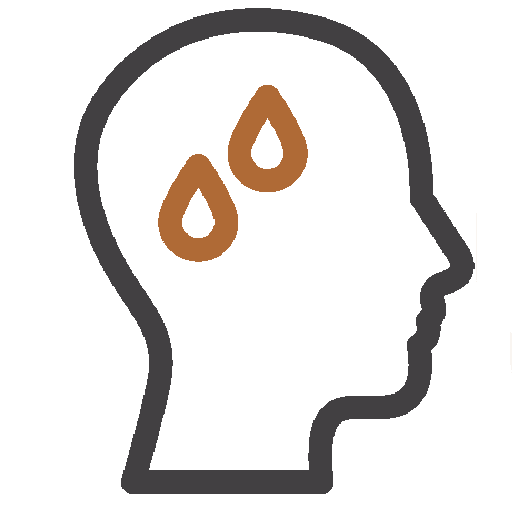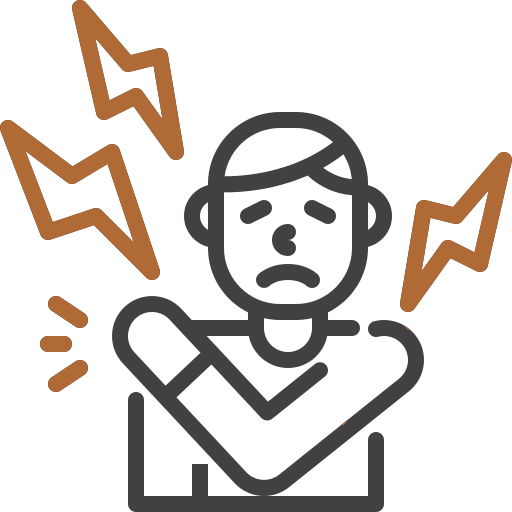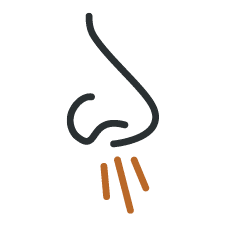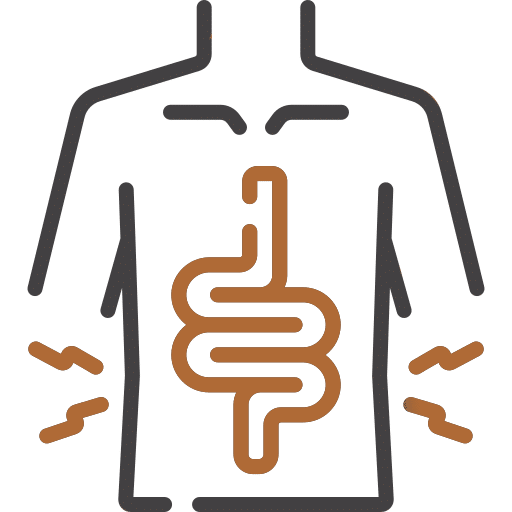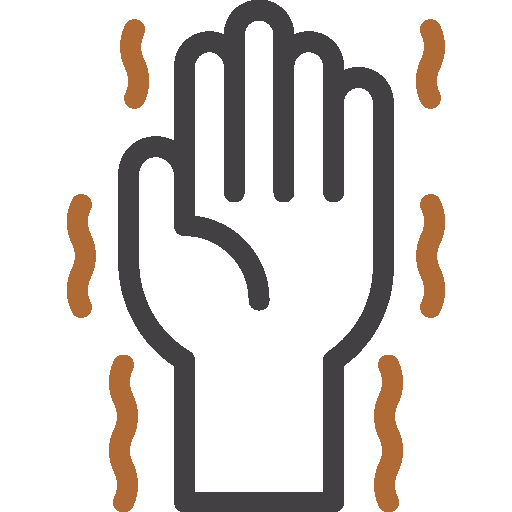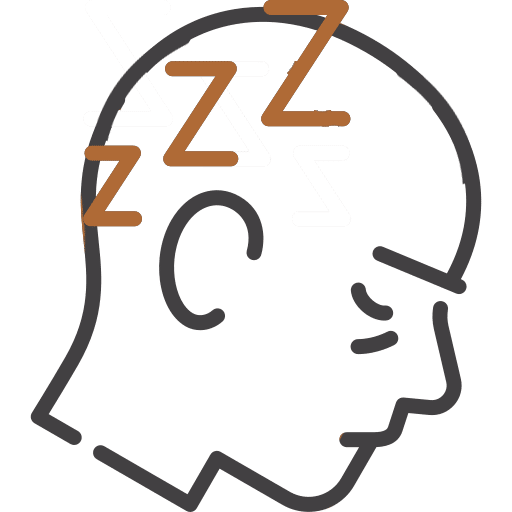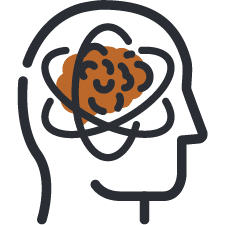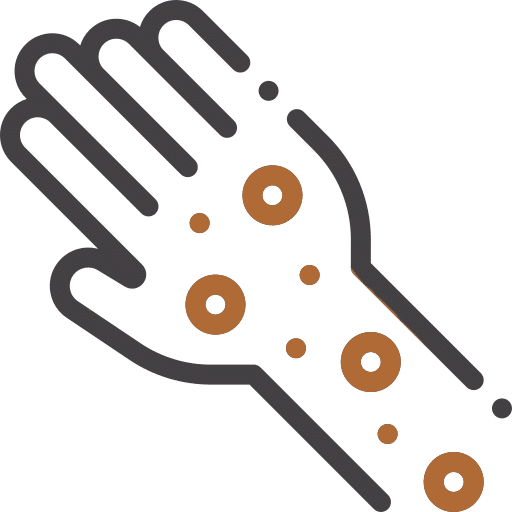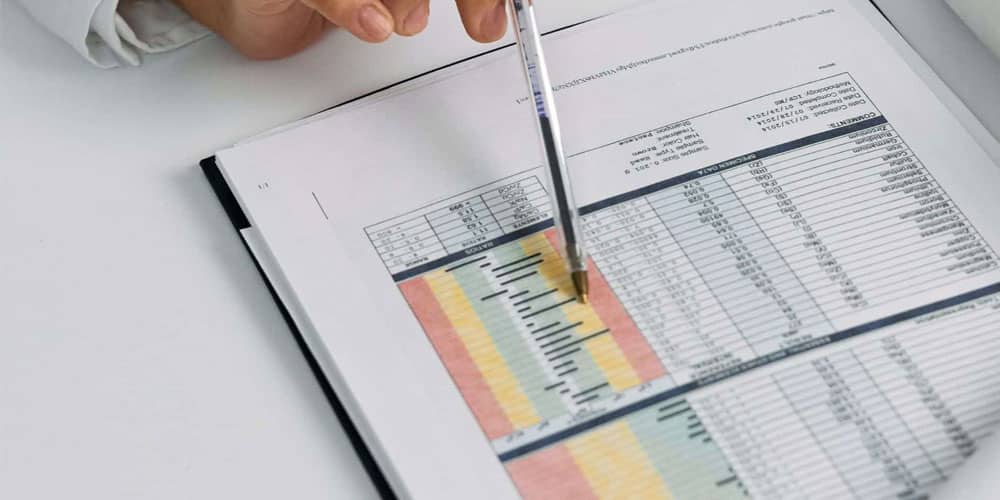Introducing the Clinical Opiate Withdrawal Scale (COWS), a pivotal tool in assessing opiate withdrawal severity. Developed to guide healthcare professionals in evaluating withdrawal symptoms objectively, the COWS aids in tailoring treatment plans for individuals navigating opiate cessation.
With its structured approach, the COWS offers a standardized framework for clinicians to gauge withdrawal symptomatology accurately. By quantifying observable signs and subjective experiences, it facilitates informed decision-making in managing opiate withdrawal, ultimately improving patient care and outcomes.




